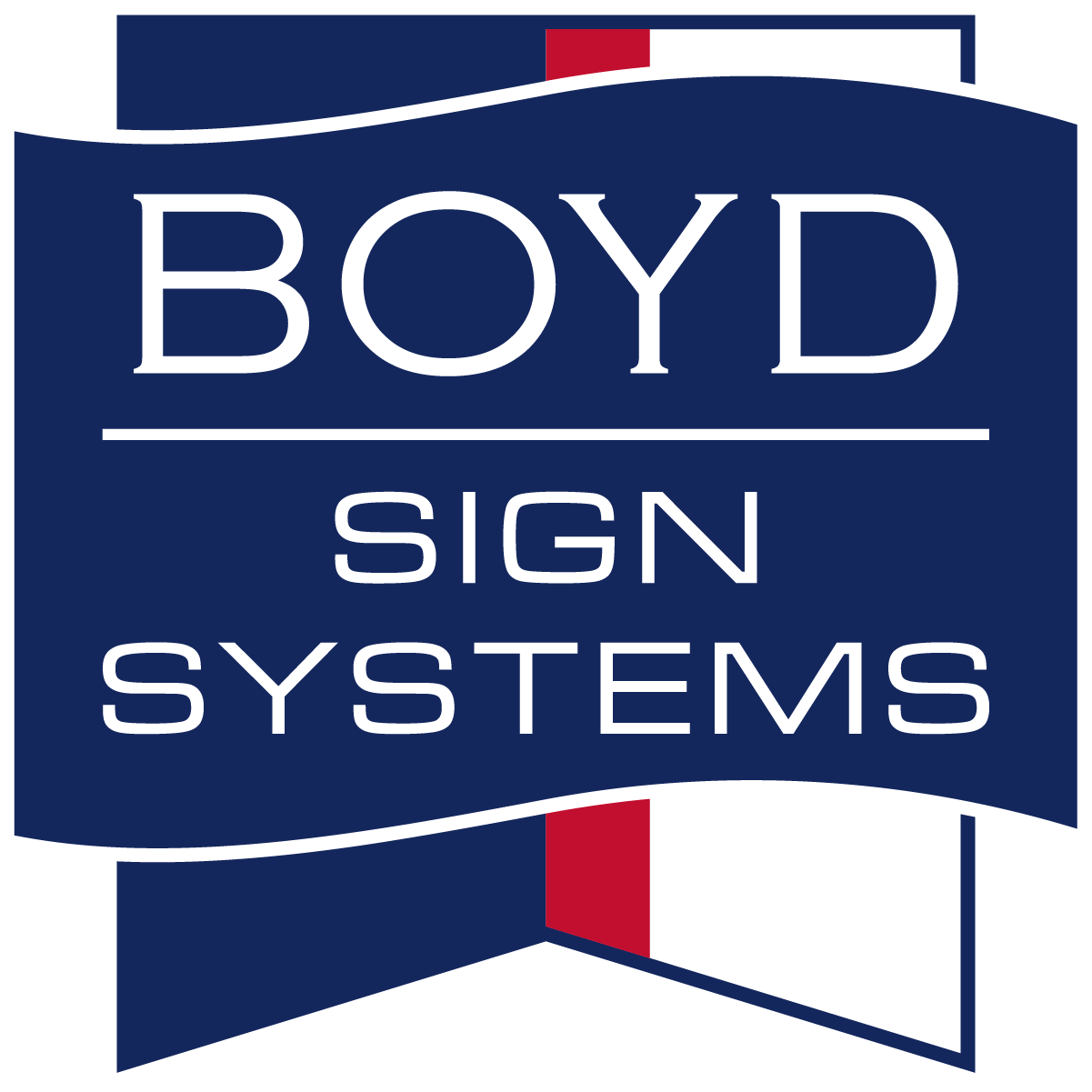Braille in the Modern Age: The 5 Methods of Creating Braille Signage
Braille and Dimensional Copy reading “1207”
As a tactile writing system, Braille is one way to increase reading accessibility for the visually impaired. This six-dot reading system was created by Louis Braille, a French educator, and was officially recognized in 1824. Although 34% of legally blind American children are considered non-readers, the inclusion of Braille in signage is necessary to create equal opportunity for literacy.
When it comes to ADA-Compliant signage, there are five primary methods to integrate Braille into signage. At Boyd Sign Systems, we understand the importance of Braille for wayfinding signage, so we use our industry knowledge to select the best method for adding Braille in each project.
Raster Braille beads can range in material from plastic to metal or even glass. Using a press-in method, we use a special machine to drill precise holes into the sign panel. Round Braille beads are then tension fitted into the holes to create a secure, raised Braille surface.
Etched Glass is a method of using a glass blaster to etch the Braille beads into a previously-flat surface. This method of adding Braille allows for a smooth finish that is carved into the surface. The benefit of glass-blasting Braille is that the Braille, backer, and any raised graphics are one piece of material.
Direct Color Systems (or DCS) is the only UV printer manufacturer with patented technology for printing Braille signage. These signs are not only ADA-Compliant but have a UV hardened surface. DCS also allows for a wider range of color options to ensure the Braille matches with a custom sign color.
Thermoforming is a process that uses industrial levels of heat and pressure to shape the material. The end result is a sign with raised tactile copy and Braille that has been formed around a mold. While thermoforming is an extensive process, it has the potential to create unique signage with various visual elements pressed between layers.
Photopolymer is a great option when the Braille is paired with detailed graphics. This high-end process starts by exposing the photopolymer to ultraviolet light using film negatives. The photopolymer is then water-etched to clean away the undesired material and you are left with the raised portion on a background. The sign is then exposed to a UV light a final time to harden the sign before it is painted.
With technology constantly advancing, signage can be customized in many ways while still remaining ADA-Compliant. Here at Boyd, we have been crafting custom signage systems for over 30 years to ensure your signage fits your aesthetic needs while still integrating Braille in a stylish and functional manner.

